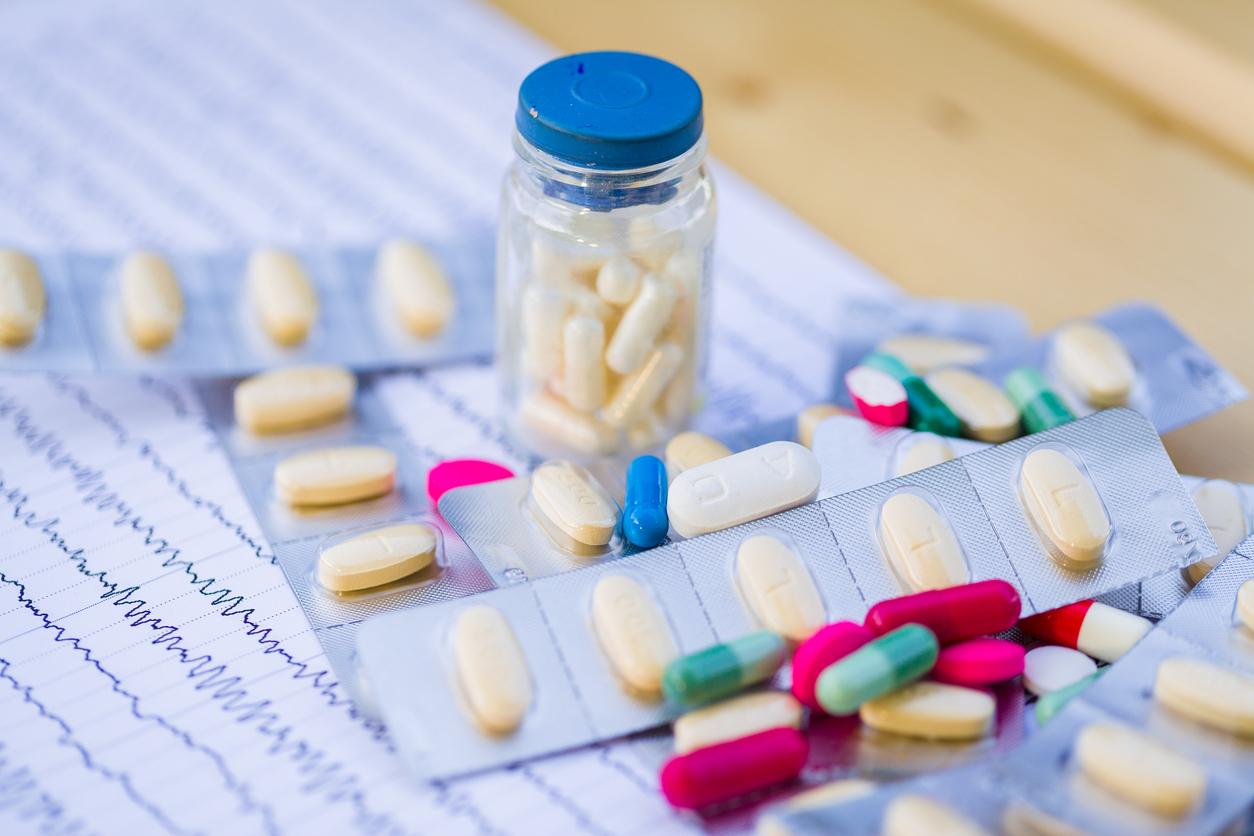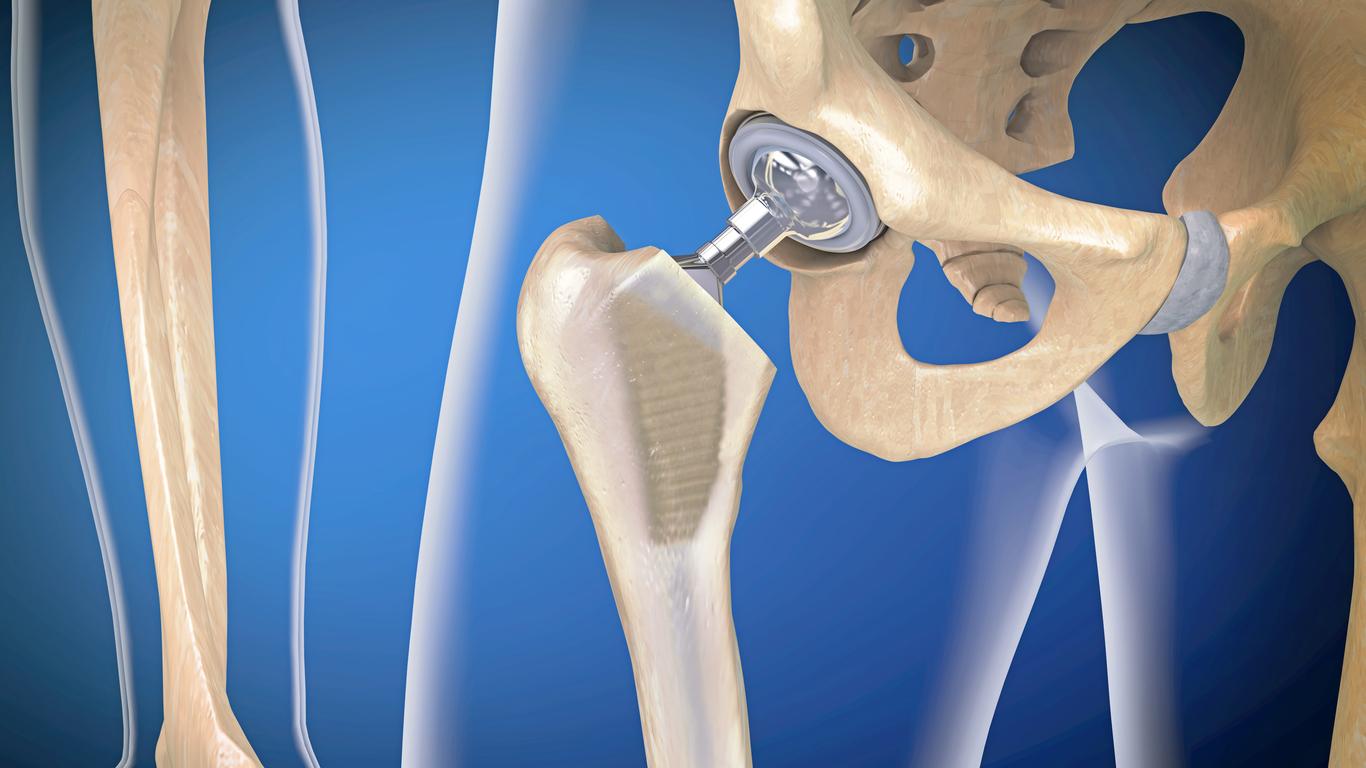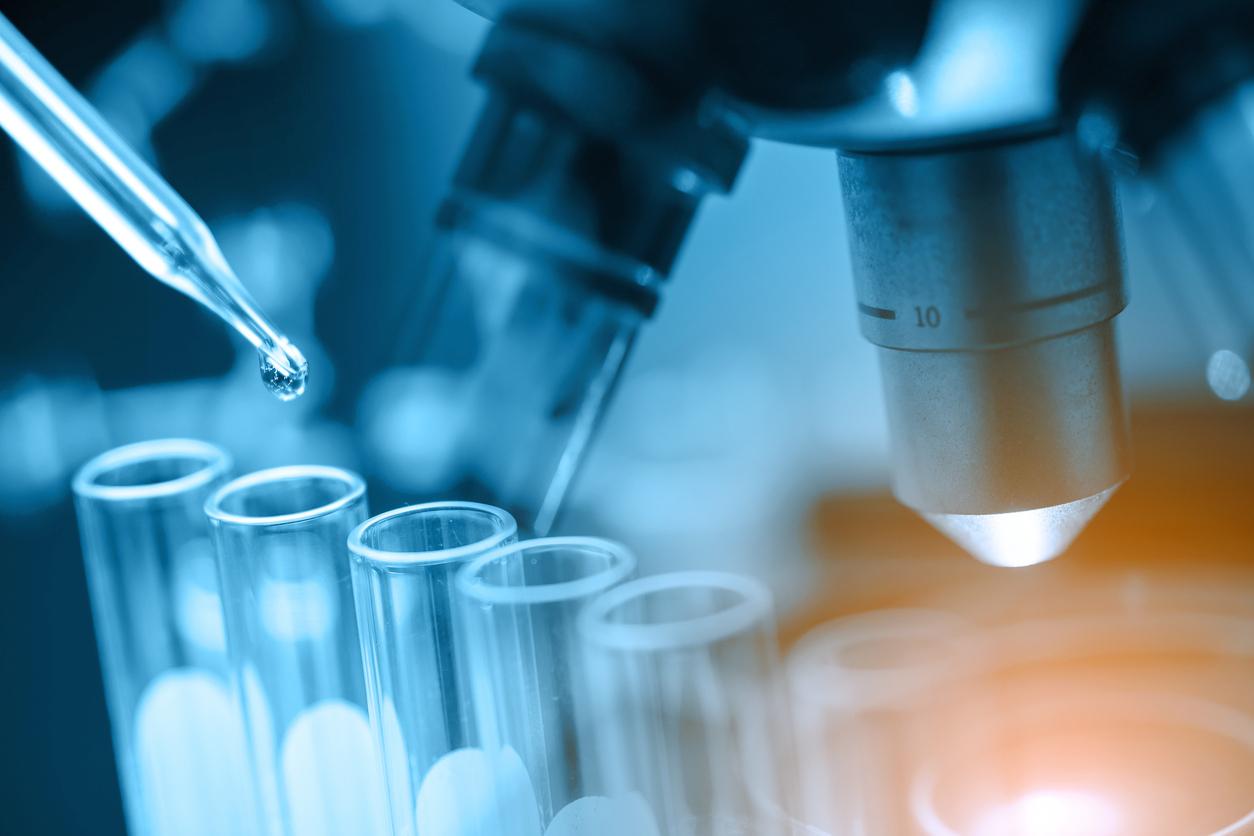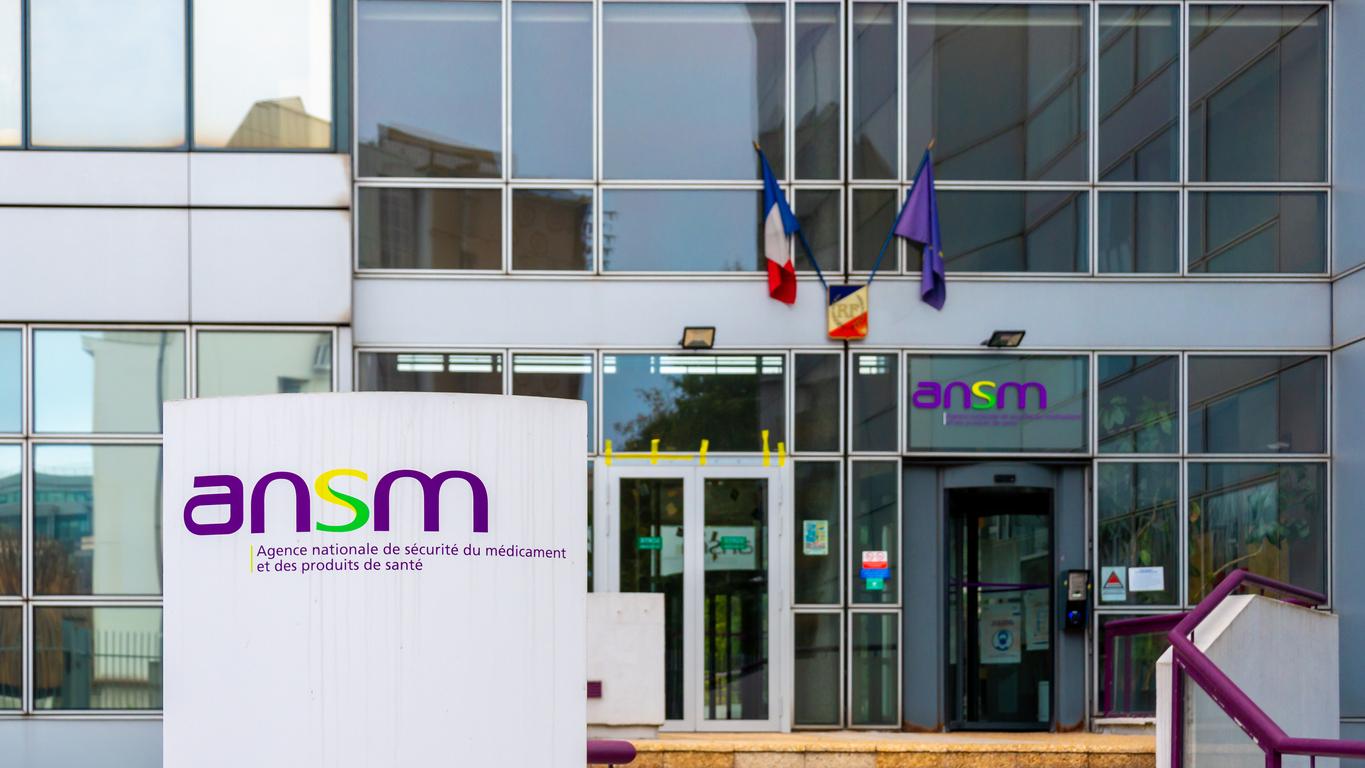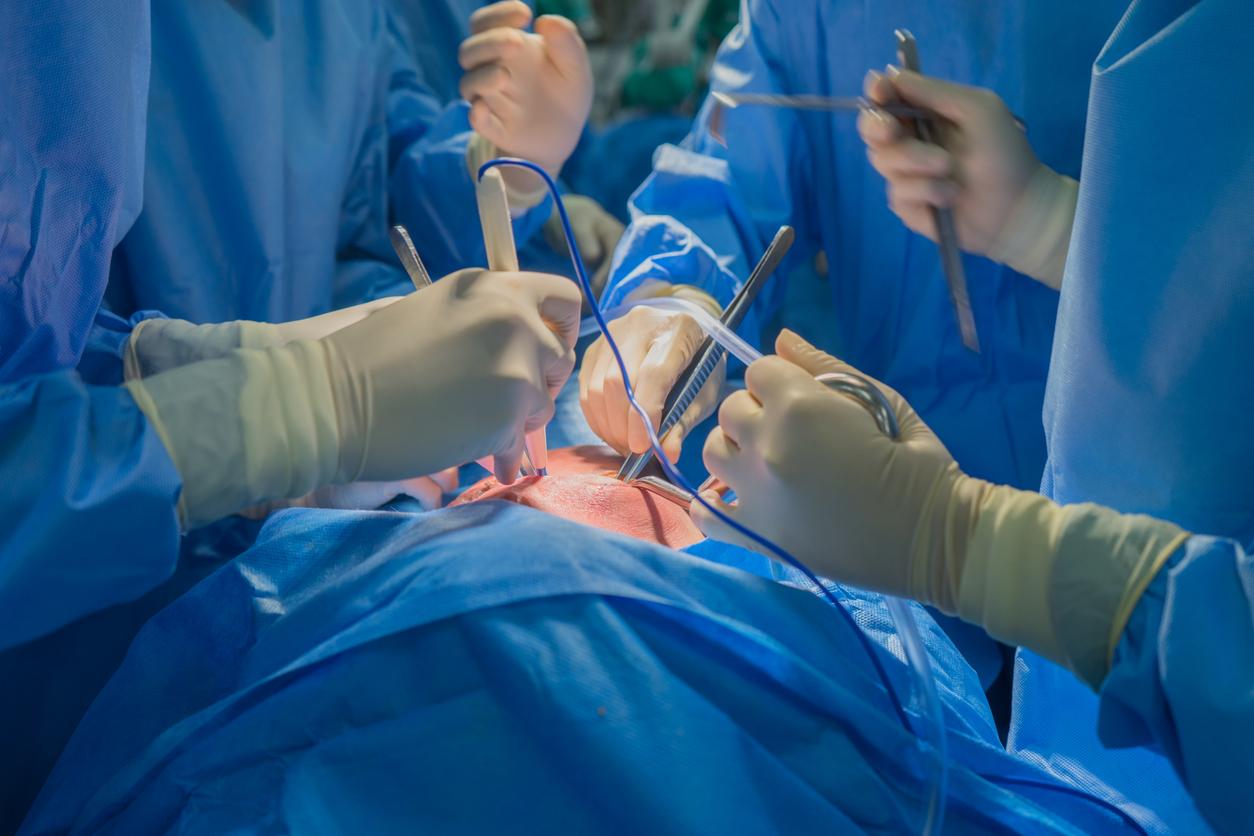The General Inspectorate of Social Affairs will conduct an investigation to shed light on the Dépakine affair, while several complaints have been filed.
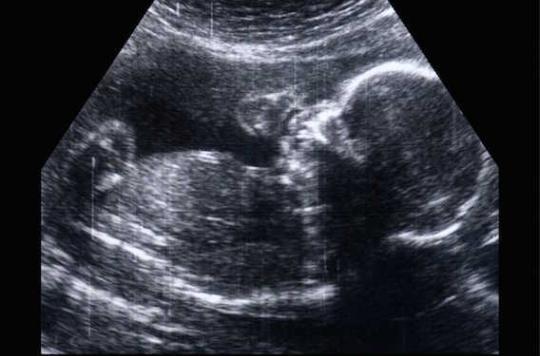
Who, between the pharmaceutical laboratory, health agencies and prescribers, bears responsibility for the Dépakine affair? In an attempt to answer this thorny question, the Minister of Health seized the General Inspectorate of Social Affairs, reports Le Figaro.
The body is responsible for conducting an investigation in order to “reconstruct the succession of events”, while several complaints have been filed by families victims of Dépakine (sodium valproate). This antiepileptic, responsible for serious malformations and neurobehavioural delays in children exposed in utero, was prescribed to pregnant women until 2010.
The IGAS will have to “analyze the decision-making mechanisms taking into account the evolution of scientific knowledge, the elements resulting from pharmacovigilance, the decisions taken in other countries, particularly in Europe, and the conditions of use of this medication “.
In other words, it will have to determine whether, over the years, the laboratory has voluntarily minimized the risks and whether the former Afssaps (now ANSM) has failed in its pharmacovigilance and information to physicians mission. Finally, it will have to examine the responsibility of the prescribers who have delivered the molecule to pregnant women without warning them of the deleterious effects on the fetus.
Known, underestimated effects
The task may be complicated. Indeed, scientific studies demonstrate the teratogenic risk of sodium valproate since the beginning of the 1980s. In 1986, this risk was integrated into Vidal, which contains the SPCs (Summaries of Product Characteristics), but it remained under- evaluated. We now know that the risk of malformation is tripled with sodium valproate, while at the time, Vidal mentioned a risk equal to other antiepileptics. Was it because of the advancement of scientific knowledge? Or was there a deliberate desire to underestimate him? This is one of the questions that IGAS will have to try to answer.
Likewise, the recommendations took a long time to become clearer. While the old version of Vidal specifies that in view of a frequency of the effects “not clearly established”, “it does not seem legitimate to advise against conception”, the new one recommends, in the event of a planned pregnancy, that “all measures [soient] implemented to consider the use of other therapies ”, which HAS has been recommending since 2006. According to our information, many practitioners had been aware of the risk to the fetus for several decades. Others, however, did not receive the information.
The Ministry also asked the ANSM and the Health Insurance to identify children exposed to sodium valproate and suffering from malformations or neuro-behavioral disorders, still according to Le Figaro. Currently, according to the ANSM, 135,000 women are on valproate, including 70,000 to 80,000 women of childbearing age. Last June, deputy Gérard Bapt, member of the ANSM board of directors, said that vaproate would be responsible for at least 370 birth defects in France between 2006 and 2014.
.








